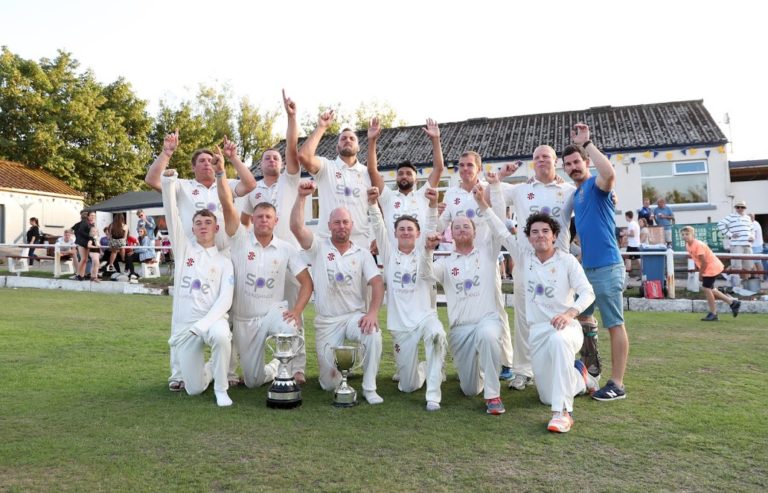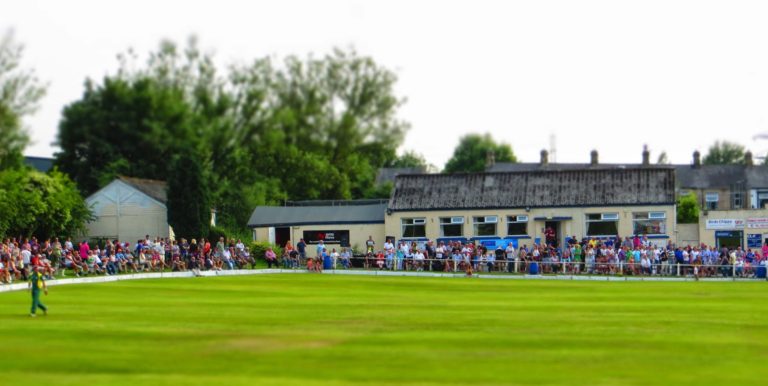1876: Lowerhouse double their Money

Keeping the Club on track, the continuing story of Athletics at Lowerhouse. For many years from the 1870s onwards, the proceeds from the Athletics Days kept the club afloat, but there were many hazards along the way. We pick up the story again in 1876, when “Lowerhouse Doubled Their Money”. All the episodes stand alone, but are also cross referenced with other posts already in our Athletics Section, so that they can be read in date order.
Although the weather on 1st July 1876 was unpromising, a large crowd still turned out for the Lowerhouse Athletics Festival and competitors came from throughout Lancashire and beyond.
The first race was for Lowerhouse Cricketers, once round the ground (270 yards), won by George Baines, with J. Astin second. First prize was a cricket bat, value £1 1s, second prize was a pair of “cricket shoes”, value 12s 6d.
The list of prizes for amateur competitors, and their equivalent cash value, amounts to a shopping list of Victorian homewares. It’s not clear from the reports whether the winners were actually handed the teapot or whatever they had won. Successful amateurs worked their way round the circuit of athletic meetings, picking up similar prizes every week so it’s likely there was some system in place for cashing in the prizes without being deemed a professional. One such regular competitor was young Burnley man, John W. Harling, who at this meeting alone picked up a tea and coffee service worth two guineas for coming second in the half mile handicap, and a set of china worth £1 15s. for winning the long jumping. He would have won the half mile but half a yard out he slowed to a walk, and the second man, being smaller, ducked under his arms and won by a quarter of a yard, so Harling missed out on winning a timepiece worth 5 guineas. However, as the son of the founder of Harling & Todd machine manufacturers, he may not have been too bothered.
He had better luck in the long jump where competitors did two jumps, one from a standing start, and one from a running start, the distances were added together, then any handicap was added on to reach the final distance. Harling’s combined jumped distance was 26 feet 11 ½”, J. Baxter jumped 28 feet 1/2”, and Rawson, who was the scratch man, jumped 29 feet ½”. 2’4” start was then added to Harling’s total, and 12 inches to Baxter’s, meaning than Harling won by 3 inches, and Baxter and Rawson tied and agreed to split the second prize – a cruet worth 15 shillings!
Although the games were mostly very well organised, a mistake by the official counting the laps for the 1 mile flat race, meant they ran a lap too many. If the race had finished when it should have done, the first and second places would have been reversed, the difference being between winning a lever watch worth £4 4s or a gentleman’s 35 shilling dressing case.
Another event of particular popular interest was the appearance in the 2 mile professional handicap of James (Treacle) Sanderson, of Whitworth, the newly crowned English 4 mile champion. He won the Lowerhouse 2 mile event by 6 yards in a time of 10 mins. 8 secs., probably without exerting himself too much.
Aged 39, Sanderson was coming to the end of a long and illustrious career as a professional “pedestrian”. In his prime, he was one of the best runners in England, this is a press illustration, from 1863 when he won the English mile and a quarter championship tankard, showing the rather unglamorous running gear of the day.

By trade a blacksmith, unlike Jack Howard and many other professional runners of that time, Sanderson kept hold of his money, looked after his health, and died in December 1905, a very respected figure in Whitworth.
St. John’s Catholic Brass Band played “from a temporarily erected stage” throughout the day, and for dancing afterwards until heavy rain brought an early conclusion to another very successful day.
The 1876 annual report shows that the Athletics made a profit of £65, double that of 1875, placing the club in a very healthy financial position.

1876 inners and Runners-up (Final rounds only).
Cricketers’ race: 1st cricket bat, £1 1s, George Baines; 2nd pair of cricket shoes, 12s 6d, J. Astin
120 yards flat: 1st timepiece, £3 3s, W.L. Taylor, Haslingden; 2nd teapot, 25s, T. Baldwin, Burnley
440 yards hurdles: 1st tea and coffee service, £2 15s, W.E. Holland, Littleborough, 2nd silver plated teapot, 25s, R. Birtwistle, Blackburn
High Pole Leaping: 1st clock and barometer, £2 2s, J. Barker, Bacup; 2nd a pair of lustres, 15s; W.T. Hill, Whitworth
Half Mile flat: 1st timepiece, £5 5s, W. Holgate, Burnley; 2nd tea and coffee service, £2 2s, J.W. Harling, Burnley
2 Mile professional handicap flat: 1st £4 J. Sanderson, Whitworth; 2nd £2 J. Hill Whitworth
200 yards flat, youths under 17: 1st geneva watch, £1 5s, C. Hathaway, Manchester; 2nd cruet stand, 12s, J. Baxter, Burnley
440 yards flat: 1st lever watch, £3 10s, W. Sutcliffe, Burnley; 2nd coffee pot, £1 10s, W. Robinson, Padiham
Jump (run and stand): 1st set of china, £1 15s, J.W. Harling, Burnley; 2nd cruet stand, 15s, H. Baxter, and E. Rawson, Burnley
Mile flat: 1st lever watch, £4 4s, R. Greenhalgh, Burnley; 2nd gentlemen’s dressing case, 35s, W.E. Holland, Littleborough



